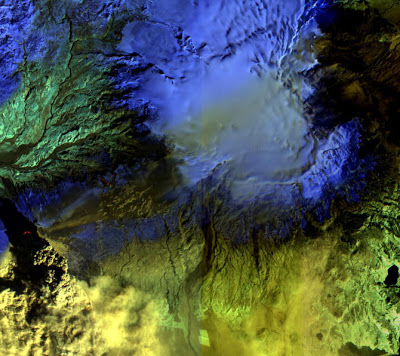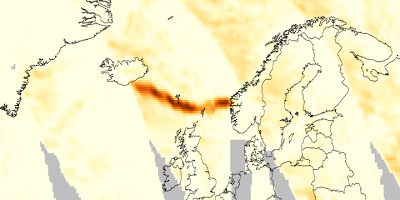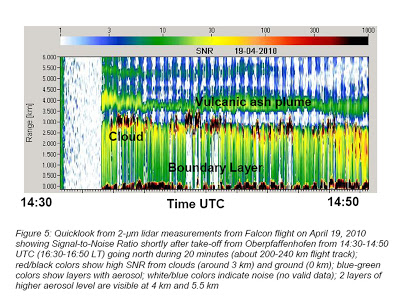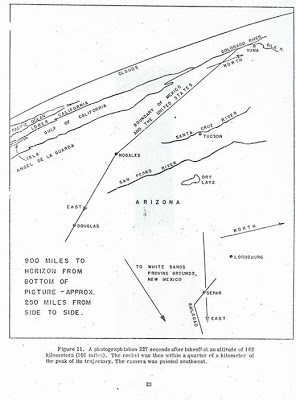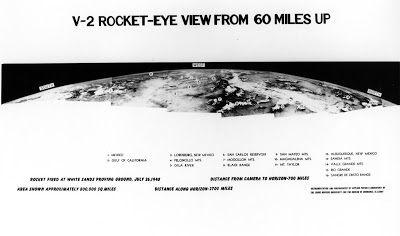Algunas referencias sobre programas y recursos para trasladar una base de datos o un fichero a un entorno espacial, generalmente mapas digitalizados.
(en construcción)

KEPLER
Kepler.gl es una poderosa herramienta de análisis geoespacial de código abierto para conjuntos de datos a gran escala.
Es una aplicación basada en web de alto rendimiento y agnóstica de datos para la exploración visual de conjuntos de datos de geolocalización a gran escala. Construido en la parte superior de deck.gl, kepler.gl puede representar millones de puntos que representan miles de viajes y realizar agregaciones espaciales sobre la marcha.
Kepler.gl usa el reductor ‘redux’ para almacenar y administrar las transiciones de estado. Este paquete consta de un reductor y los componentes de la interfaz de usuario para ‘renderizar’ y personalizar el mapa.
Ir a la introducción en github.

CARTODB
Geolocalización de grandes volúmenes de datos y combinación con visualizaciones. Integración con lenguajes de programación en D3js. Es una plataforma en plena expansión sobre google maps y está siendo incorporado por múltiples empresas para tomas de decisiones:
Quién lo utiliza: BBVA, Wall Street Journal, United Nations, Twitter, Mashable

MAPBOX
Proveedor de mapas online.
Mapbox es el creador, o un colaborador significativo, de algunas bibliotecas de mapeo de código abierto y aplicaciones, entre ellas la especificación MBTiles, la cartografía TileMill IDE, la biblioteca de Javascript de Leftlet, y el estilo de mapas y analizador sintáctico (parser) CartoCSS.
Quién lo utiliza: New York Times, NPR, ProPublica o el Washington Post, Foursquare, Evernote, Financial Times, The Weather Channel, Uber Tecnologies.

OPEN STREET MAP
OpenStreetMap (también conocido como OSM) es un proyecto colaborativo para crear mapas libres y editables. OpenStreetMap está creado por una gran comunidad de colaboradores que con sus contribuciones al mapa añaden y mantienen datos sobre caminos, senderos, cafeterías, estaciones de ferrocarril y muchas cosas más a lo largo de todo el mundo.
OpenStreetMap impulsa mediante geodatos a miles de sitios web, aplicaciones móviles y dispositivos de hardware.

GOOGLE MAPS
Herramienta para posicionar información, en formato GeoJSON O JSON, sobre capas en un mapa.
Usando la API de Javascript de Google Maps, se pueden insertar en un mapa marcadores, polilíneas, polígonos, etc.




